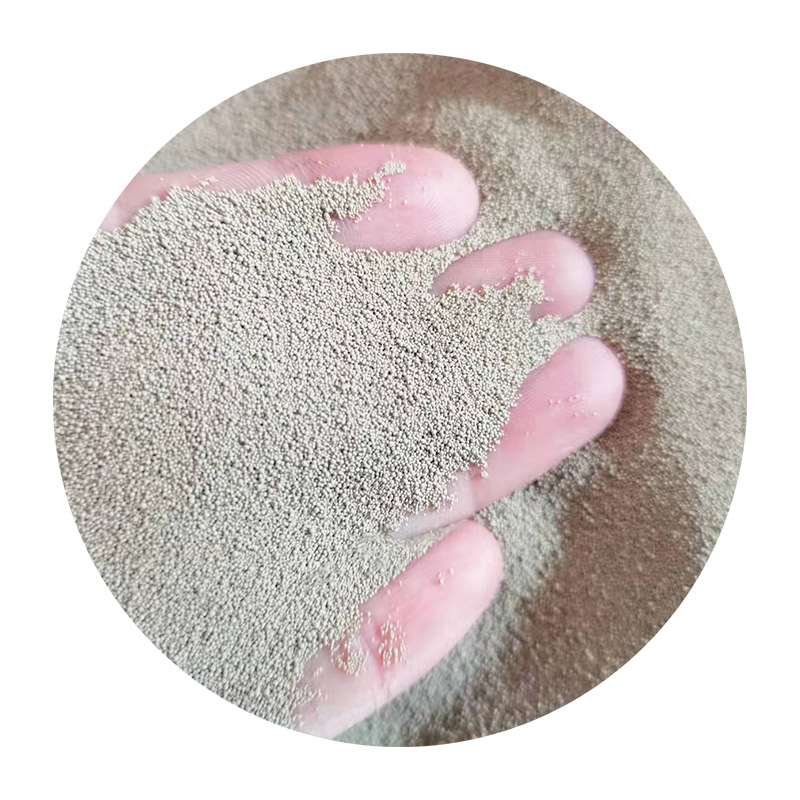Understanding Sand Casting A Deep Dive into an Essential Manufacturing Process
Sand casting is one of the oldest and most versatile metal casting processes still in use today. This method has been integral to various industries since ancient times, as it offers an efficient means of creating complex and intricate metal parts. In this article, we will explore the process of sand casting, its advantages, applications, and future outlook.
The Sand Casting Process
The sand casting process begins with the creation of a mold, which is typically made from silica sand mixed with a bonding agent. The mix is carefully prepared to ensure that it can hold its shape while accommodating molten metal. The first step involves forming two halves of the mold the drag (the bottom half) and the cope (the top half).
Once the molds are prepared, a pattern of the item to be cast is placed into the sand, creating an impression. This pattern can be made from various materials, including wood, metal, or plastic, and is often designed to allow for easy removal from the sand. After the impression is made, the two halves of the mold are assembled, and molten metal is poured into the cavity.
As the metal cools and solidifies, it takes the shape of the mold. Once sufficiently cooled, the sand mold is broken apart to reveal the cast part. The final step involves removing any unwanted sand and excess material from the casting, which is often achieved through various machining processes.
Advantages of Sand Casting
Sand casting boasts several advantages that contribute to its widespread use. One of the most significant benefits is its ability to create large and complex shapes that would be difficult to achieve with other methods. The flexibility of the sand mold allows for intricate designs, making it ideal for a diverse range of applications.
Furthermore, sand casting is cost-effective, especially for small production runs. The material costs are relatively low, and the process does not require extensive tooling investment. Additionally, it is suitable for a variety of metals, including aluminum, bronze, and iron, allowing manufacturers to select the most appropriate material for their specific needs.
describe sand casting

Another notable advantage is that sand casting can be used for both ferrous and non-ferrous metals. This versatility enables industries, from automotive to aerospace, to utilize sand casting for creating various components, such as engine blocks, transmission cases, and decorative items.
Applications of Sand Casting
Sand casting is employed across numerous industries due to its adaptability. In the automotive sector, it is commonly used to produce engine blocks, cylinder heads, and various other components. The aerospace industry also leverages sand casting to create complex parts that must meet stringent safety and quality standards.
Moreover, the construction industry benefits from sand casting for the production of architectural features, while the artistic community frequently uses the method to create sculptures and decorative objects. Its capability to handle different sizes and shapes positions sand casting as an essential process in both large-scale manufacturing and bespoke creations.
The Future of Sand Casting
Despite advancements in technology, the relevance of sand casting remains strong. Continuous improvements in materials and processes are enhancing the quality and efficiency of sand casting operations. Automation and computer-aided design (CAD) are revolutionizing mold making and pattern design, leading to reduced lead times and improved accuracy.
Sustainability is also shaping the future of sand casting. Efforts are underway to develop eco-friendly sand materials and recycling methods that minimize waste, reducing the environmental impact of the casting process.
In conclusion, sand casting is a time-tested manufacturing method that continues to evolve and adapt to meet the needs of modern industries. Its blend of versatility, cost-effectiveness, and capacity for detail ensures that it will remain an essential process in the manufacturing landscape for years to come.
Post time:Nov . 08, 2024 21:49
Next:steps of sand casting
